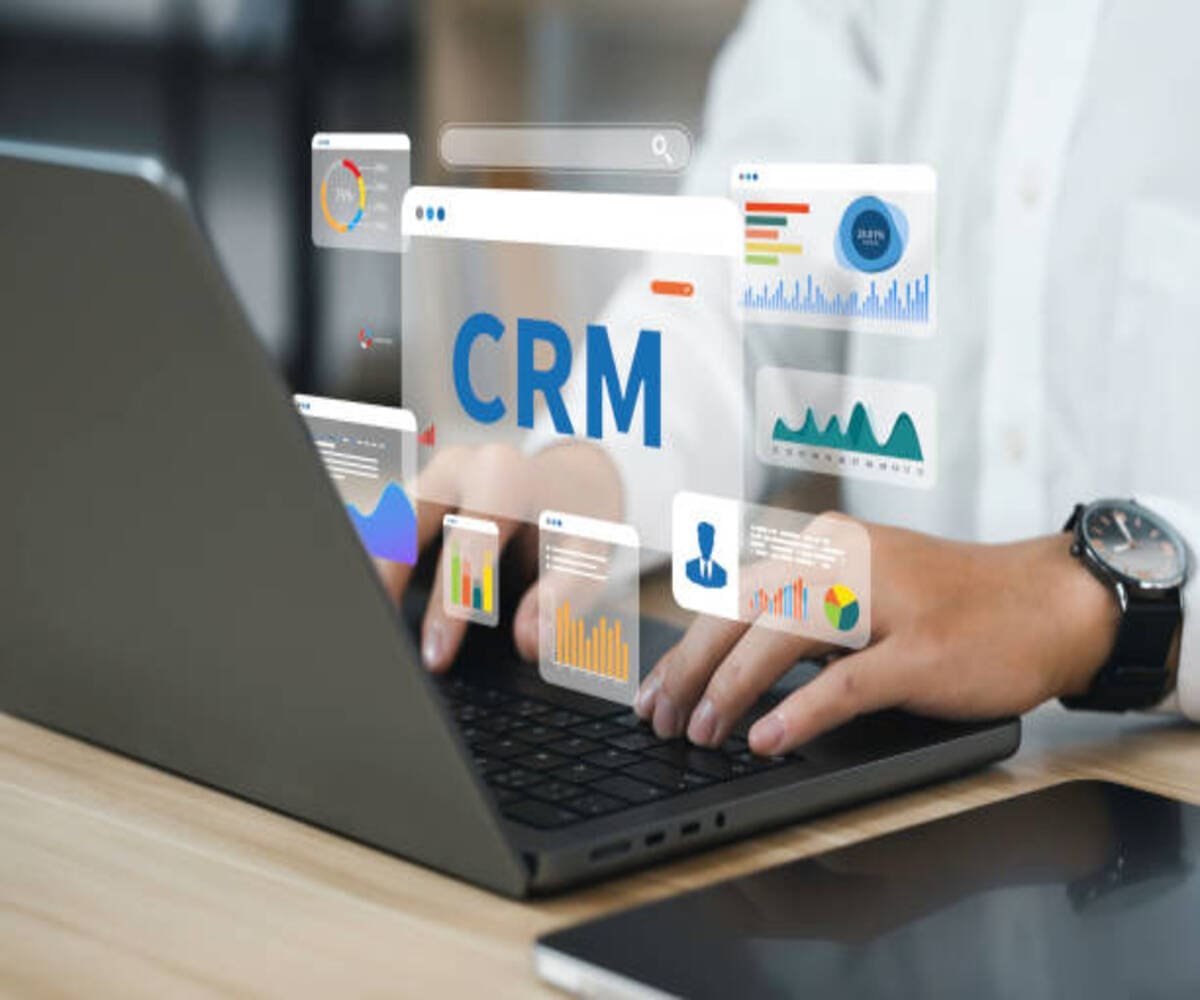Introduction
Customer Relationship Management (CRM) is a strategic approach that helps startups build strong relationships with customers, streamline interactions, and enhance customer retention. Effective CRM implementation improves customer satisfaction and drives long-term business success.
Key Learning Objectives
- Understand CRM Fundamentals – Learn the importance and key functions of CRM.
- Optimize Customer Interactions – Use CRM tools to manage customer touchpoints efficiently.
- Leverage Data for Personalized Engagement – Utilize analytics to improve customer experience.
- Enhance Customer Retention & Loyalty – Implement strategies to reduce churn.
- Scale Customer Management with Automation – Improve efficiency with AI-driven CRM solutions.
1. Understanding Customer Relationship Management & Its Importance
CRM encompasses technologies, strategies, and processes that help businesses manage customer relationships throughout the customer lifecycle.
a. Key Benefits of CRM
- Centralizes customer data for better decision-making.
- Enhances communication and follow-ups.
- Improves customer satisfaction and retention.
- Boosts sales efficiency and forecasting.
b. Types of CRM Systems
- Operational CRM – Automates customer service, sales, and marketing.
- Analytical CRM – Uses data analysis to optimize customer interactions.
- Collaborative CRM – Facilitates cross-team communication and insights.
2. Optimizing Customer Interactions
a. Managing Customer Touchpoints
- Email & Chat Support – Ensure prompt responses to queries.
- Social Media Engagement – Address customer concerns and feedback.
- Phone & In-Person Communication – Maintain high-quality service.
b. Personalization & Customer Segmentation
- Use data-driven insights to segment customers based on preferences.
- Deliver tailored content, offers, and support to increase engagement.
3. Leveraging Data for Personalized Engagement
a. CRM Analytics & Key Metrics
- Customer Lifetime Value (CLV) – Measures total revenue a customer generates.
- Net Promoter Score (NPS) – Tracks customer satisfaction and loyalty.
- Churn Rate – Identifies customer retention challenges.
b. Enhancing Customer Experience with AI & Automation
- Implement chatbots for instant support.
- Use AI-powered recommendations for upselling and cross-selling.
- Automate follow-up emails to nurture leads.
4. Enhancing Customer Retention & Loyalty
a. Customer Feedback & Improvement
- Collect customer feedback through surveys and interactions.
- Implement continuous improvements based on customer insights.
b. Loyalty & Referral Programs
- Offer exclusive rewards and discounts for repeat customers.
- Encourage referrals with incentive-driven programs.
5. Scaling Customer Management with Automation
a. CRM Tools & Software
- Popular CRM platforms: Salesforce, HubSpot, Zoho CRM, Freshsales.
- Features to look for: lead management, automation, analytics, integrations.
b. Automating CRM Workflows
- Set up automated lead nurturing sequences.
- Use CRM integrations with email marketing, social media, and customer support tools.
- Track customer interactions in real-time for proactive service.
Conclusion
A well-structured CRM system helps startups streamline customer interactions, personalize engagement, and boost retention. Leveraging automation, AI, and data-driven insights ensures sustainable business growth.
For expert insights on CRM best practices, automation, and customer engagement, explore SignifyHR’s learning resources today!
Build strong customer relationships and drive long-term success with effective CRM strategies!


